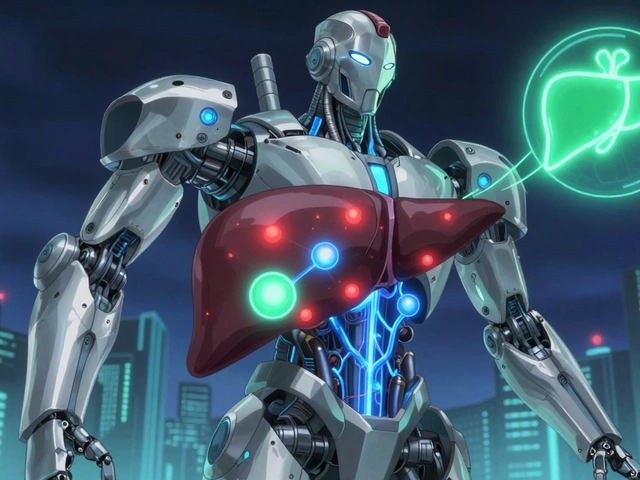Atomoxetine: What It Does and Why Some People Choose It
Atomoxetine (brand name Strattera) is a non‑stimulant drug used for ADHD in children, teens, and adults. Unlike stimulants, it works on norepinephrine, not dopamine, and can be a better choice when stimulants cause anxiety, tics, or addiction concerns. It usually takes a few weeks to show full effects, so don’t expect overnight changes.
How atomoxetine works and who it's for
Atomoxetine blocks the norepinephrine transporter, which raises norepinephrine levels in the brain areas that help attention and impulse control. Doctors often use it when stimulants are ineffective, not tolerated, or contraindicated. It’s also chosen for patients with a history of substance misuse or those who get severe sleep or mood problems from stimulants.
Typical starting doses vary by age and weight. For children, dosing is weight-based; adults generally start low and move up. Your prescriber will adjust the dose over weeks. Don’t change dose or stop without talking to your doctor.
Side effects, risks, and practical tips
Common side effects are stomach upset, reduced appetite, sleep trouble, and mild fatigue. Some people notice dry mouth, dizziness, or constipation. Rare but serious risks include liver injury and increased suicidal thoughts in children and teens — the latter is monitored closely during the first few months. If you notice mood changes, new suicidal thoughts, or yellowing skin, contact your clinician right away.
Atomoxetine can raise heart rate and blood pressure a bit. If you have heart disease or uncontrolled hypertension, your doctor may recommend testing before starting and monitoring during treatment. It interacts with strong CYP2D6 inhibitors (like paroxetine or fluoxetine), which can raise atomoxetine levels. Avoid combining with MAO inhibitors.
Practical tips: take atomoxetine in the morning to reduce sleep problems. If it causes nausea, try taking it with food. Track weight and height in children, and check pulse and blood pressure periodically. Expect 4–6 weeks to see meaningful improvement; clinicians often wait up to 12 weeks for full benefit.
Looking for alternatives? Stimulants (methylphenidate, amphetamines) typically work faster and more strongly for many people. Non‑stimulant options include guanfacine and clonidine. Discuss pros and cons with your healthcare provider to pick the best fit.
Buying advice: atomoxetine requires a prescription. Use accredited pharmacies and avoid suspicious online sellers that don’t ask for a prescription. If cost is an issue, ask about generic atomoxetine or patient assistance programs.
Bottom line: atomoxetine is a solid non‑stimulant ADHD option that suits people who can’t use stimulants or need a different side effect profile. Stay patient during the first weeks, watch for mood or liver signs, and keep regular follow‑ups with your prescriber.
Georgea Michelle, May, 28 2025
Strattera: A Deep Dive into Non-Stimulant ADHD Medication and Its Impact
Strattera, also known as atomoxetine, stands apart from other ADHD medications by being a non-stimulant option. This article explores how it works, who it helps, and what people should know before starting it. It also shares practical tips, side effects, and compares Strattera to stimulant medications using specific facts, giving a real-world perspective for patients, parents, and curious readers. Get everything you need to know if you’re considering Strattera or want to understand more about ADHD treatment.
View More




